#Dutch Painting
Explore tagged Tumblr posts
Text



Yashima Gakutei, Crabs Near the Water's Edge, ca. 1830
Vincent van Gogh, A Crab on its Back, Paris, August-September, 1887
Vincent van Gogh, Two Crabs, 1889
#Yashima Gakutei#japanese prints#vincent van gogh#japanese artist#japanese art#asian art#dutch artist#dutch art#dutch painting#dutch painter#sea life#crabs crabs crabs#crustacean#wildlife#animals in art#art on tumblr#aesthetic#beauty#modern art#art history#tumblr art#tumblrpic#tumblrpictures#tumblraesthetic#aesthetictumblr
2K notes
·
View notes
Text



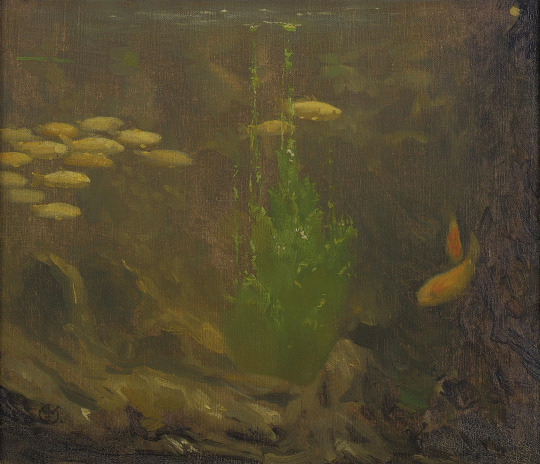



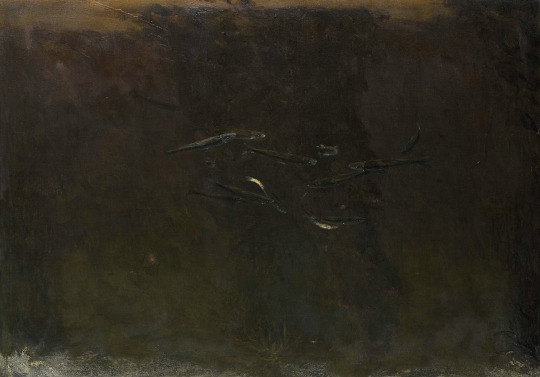
Gerrit Willem Dijsselhof - Fish
1K notes
·
View notes
Text

Jasper Hagenaar — The Hand of Lascaux (oil on panel, 2014)
530 notes
·
View notes
Text


Jacob van Walscapelle — Flowers in a Glass Vase. circa 1670. details
#jacob van walscapelle#art#art history#art detail#detail#details#painting#17th century#17th century painting#dutch golden age#dutch painting#dutch#van walscapelle#flowers
520 notes
·
View notes
Text

Cornelis Cornelisz. van Haarlem, The Fall of the Titans (detail), 1588-1590. Oil on canvas, 239 x 307 cm. National Gallery of Denmark, Copenhagen.
#art#painting#detail#1500s#16th century#dutch art#dutch painting#netherlandish art#netherlandish painting#baroque#baroque art#baroque painting#van haarlem#Cornelis Cornelisz. van Haarlem
555 notes
·
View notes
Text



Chimei Museum, Taiwan : Winter Landscape, Frans de Momper (1603 - 1660) / Ferry Boat with Cattle on the River Vecht near Nijenrode, Salomon van Ruysdael (1600/1603-1670) / An Extensive Landscape with Travelers before a Windmill, Jan Brueghel the Younger (1601-1678)
#art#painting#dutch painting#flemish painting#17th century#dark academia#chimei museum#*#my pic#mine#landscape painting
12 notes
·
View notes
Text

Johannes Vermeer - Officer and Laughing Girl (c. 1657)
#art history#paintings#art#dutch#netherlands#dutch golden age#dutch painting#dutch painter#baroque#genre#genre painting#17th century#1600s
96 notes
·
View notes
Text

Leonard Bramer (1596–1674): MORS THRIUMPHANS. Öl auf Schieferplatte, 13 x 15 cm. 17th century
12 notes
·
View notes
Text

A Young Woman seated at a Virginal, Johannes Vermeer (c. 1670). National Gallery in London.
#art#art history#aesthetic#artists on tumblr#painting#johannes vermeer#vermeer#national gallery#dutch art#dutch#dutch painter#dutch painting#cult film#dutch artist#17th century#17th century art#17th century painting#17th century artist#1600s#1600s art#late 1600s#1600s painting#1600s artist#1670s#1670s art#classic painting#classic#classical art#european art#europe
20 notes
·
View notes
Text

The Parable of the Unworthy Wedding Guest
Artist: Attributed to Jacob Adriaensz Backer (Dutch, 1608-1651)
Date: c. 1644
Medium: Oil on Canvas
Collection: Rijksmuseum, Amsterdam, Netherlands
Description
Matthew 22:1–14 contains Jesus' parable of the wedding feast. Jesus compares the kingdom of heaven to a king who threw a banquet for his son. The king's chosen guests refuse to come, to the point of violence against his messengers.
#christianity#christian art#jacob adriaensz backet#dutch painting#biblical passage#new testament#biblical parable#gospel of matthew#wedding feast#17th century painting#european art#men#children#king
7 notes
·
View notes
Text

Karen Fukuhara (born 1992, USA)
Flagellation of Christ, circa 1715. Aert de Gelder (Dutch, 1645-1727)
#fangledeities#karen fukuhara#flagellation#flagellation of christ#dutch painting#art history#american actress#japanese american
13 notes
·
View notes
Text

Vincent van Gogh, Wheat Fields After the Rain (The Plain of Auvers), 1890
#vincent van gogh#van gogh#dutch artist#Dutch art#dutch painting#dutch painter#landscapes#landscape painting#landscape aesthetic#aesthetic#beauty#nature#modern art#art history#aesthetictumblr#tumblraesthetic#tumblrpic#tumblrpictures#tumblr art#tumblrstyle#artists on tumblr#french landscape
2K notes
·
View notes
Text
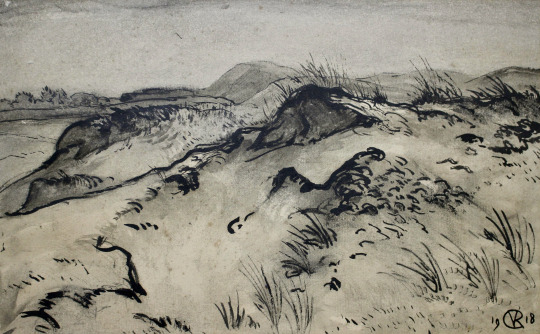
Johannes Graadt van Roggen - dunescape, ink wash drawing
316 notes
·
View notes
Text

Piet van den Boog — Friends (After Klimt) [acrylic and oil on lead, azurite, malachite, lead white, gold leaf, nickel sulphate, iron oxide, iron chloride, black patina, 2021]
118 notes
·
View notes
Text


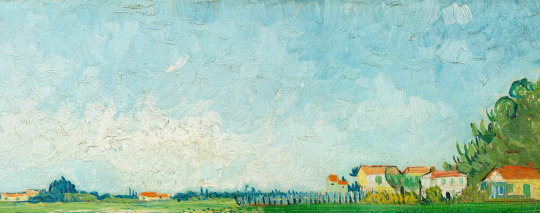
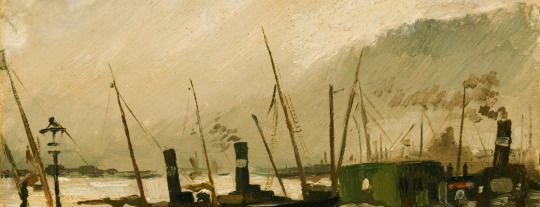
Vincent van Gogh and his skies.
Montmartre: Behind the Moulin de la Galette (detail) . 1887
Square Saint-Pierre at Sunset (detail). 1887
Field with Poppies (detail) . 1888
The De Ruijterkade in Amsterdam (detail). 1885
#happy birthday vincent!#vincent van gogh#art#art history#art detail#detail#details#painting#19th century#19th century painting#dutch painting#dutch#van gogh
136 notes
·
View notes
Text

Jan Lievens, Boy in a Cape and Turban (Portrait of Prince Rupert of the Palatinate) (detail), ca. 1631. Oil on panel, 66.7 x 51.8 cm. The Leiden Collection, New York.
#art#painting#dutch art#dutch painting#dutch golden age#1600s#17th century#lievens#jan lievens#detail
56 notes
·
View notes